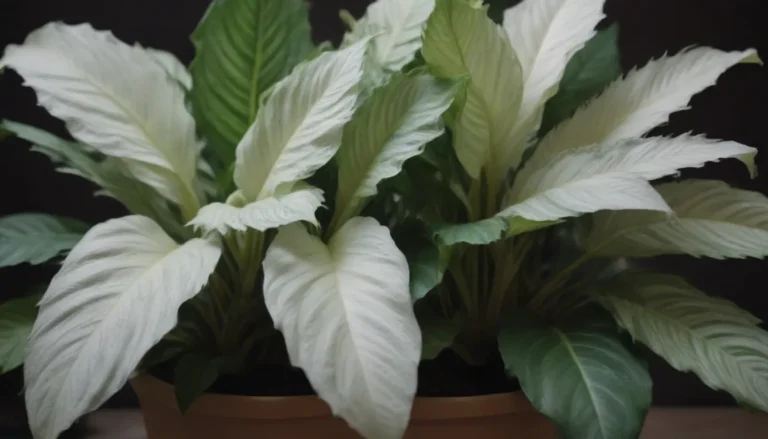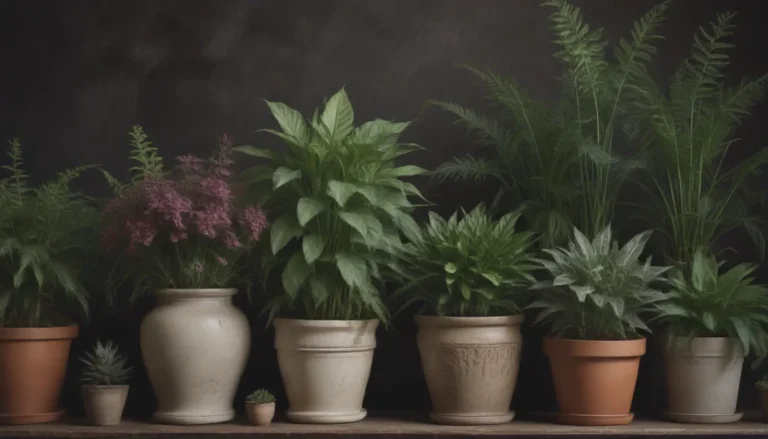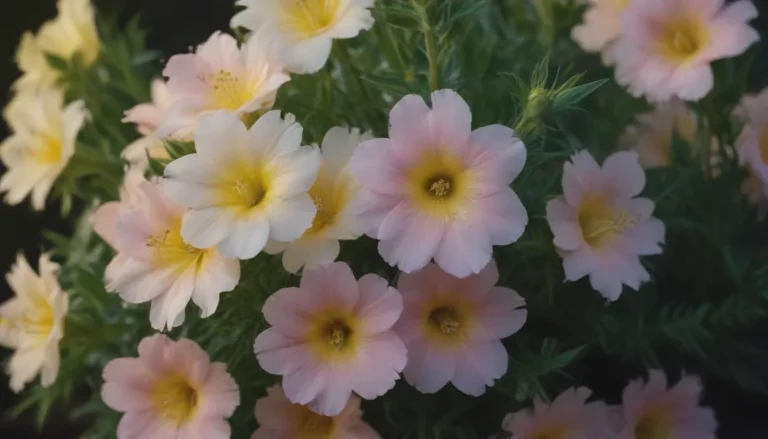The Ultimate Guide to Growing and Caring for a Lime Tree

If you are fortunate enough to live in a region where a lime tree can thrive, then you have the opportunity to enjoy the delight of picking fresh limes straight from your own backyard. The Persian lime, officially known as Citrus×latifolia, is a popular choice among home gardeners due to its abundant fruiting habits and relatively low maintenance requirements. In just three to four years, your lime tree can start producing fruit, making it a rewarding addition to your landscape if you love using limes in your culinary creations.
Planting Your Lime Tree
Planting a lime tree is the first step towards enjoying a bountiful harvest of delicious fruits. Here are some essential tips for getting started:
Selecting a Planting Site:
- Choose a sunny location with at least 6 hours of direct sunlight per day.
- Ensure the soil is rich in organic matter by amending it with compost and manure.
- Opt for a well-draining area, as lime trees do not tolerate wet conditions.
Spacing, Depth, and Support:
- Space your lime trees at least 15 feet apart.
- Dig a hole that is the same depth and twice as wide as the rootball.
- Staking may not be necessary unless the tree is planted in a windy location.
Lime Tree Care Tips
Providing proper care to your lime tree is essential for its overall health and fruit production. Here are some key factors to consider:
Light:
- Ensure your lime tree receives full sun to promote fruit production.
- Consider placing potted lime trees in sunny locations for optimal growth.
Soil:
- Plant your lime tree in rich, organically loaded soil that is moist but well-draining.
- Test your soil before planting and make necessary amendments to ensure proper nutrient levels.
Water:
- Keep the soil consistently moist to ensure juicy fruit production.
- Use a soaker hose to maintain soil moisture under the tree’s canopy.
Temperature and Humidity:
- Lime trees thrive in warm, tropical conditions and do not tolerate cold temperatures.
- Choose planting locations within USDA zones 9 through 11 for optimal growth.
Fertilizer:
- Feed your lime tree with a balanced fertilizer with an NPK formulation of 2:1:2 three times a year.
- Look for specifically formulated citrus fertilizers for best results.
Pollination:
- Lime trees are self-pollinating, so you do not need multiple trees for fruit production.
Types of Lime Trees
While the Persian lime is the most commonly grown variety, there are other types of lime trees that you may come across:
- Kaffir Lime (Citrus hystrix): Known for its unique leaves used in culinary dishes.
- Key Lime (Citrus×aurantiifolia): Smaller and more acidic than Persian limes.
- Philippine Lime (Citrus×microcarpa): Commonly used in Filipino cuisine.
- Rangpur Lime (Citrus limonia): A hybrid between a mandarin orange and lemon.
Harvesting Limes
Lime trees produce fruits year-round, with limes taking approximately five months to ripen. When the fruit turns a greenish yellow and becomes tender, it is ready for harvest.
Growing a Lime Tree in a Pot
Growing a lime tree in a pot offers flexibility in positioning your tree for optimal sunlight and protection from cold temperatures. Here are some tips for container-grown lime trees:
- Use a pot with drainage holes that is larger than the tree’s rootball.
- Choose a quality organic potting mix with added compost.
- Monitor water needs closely, as potted trees may dry out faster.
- Bring potted lime trees indoors during temperatures below 50 degrees.
Pruning and Propagating Lime Trees
Pruning your lime tree is minimal, focusing on removing damaged or dead branches. Propagating lime trees through cuttings is possible but not recommended, as purchased saplings are healthier and more productive. The use of a disease-resistant rootstock ensures minimal issues with pests and diseases.
Common Pests and Diseases
While lime trees are generally disease-resistant, occasional pests such as aphids, citrus mites, and scale may be present. Preventive measures such as copper fungicide sprays and neem oil applications can help protect your tree from diseases like Citrus canker.
In conclusion, growing and caring for a lime tree can be a rewarding experience for any home gardener. With proper attention to sunlight, soil quality, watering, and fertilization, you can enjoy a bountiful harvest of fresh limes from your own backyard. Whether planted in the ground or in a pot, lime trees can thrive with minimal care and provide you with delicious fruits for years to come. So, if you’re considering adding a lime tree to your garden, follow these tips to ensure success and enjoy the benefits of homegrown citrus fruits. Happy gardening!





